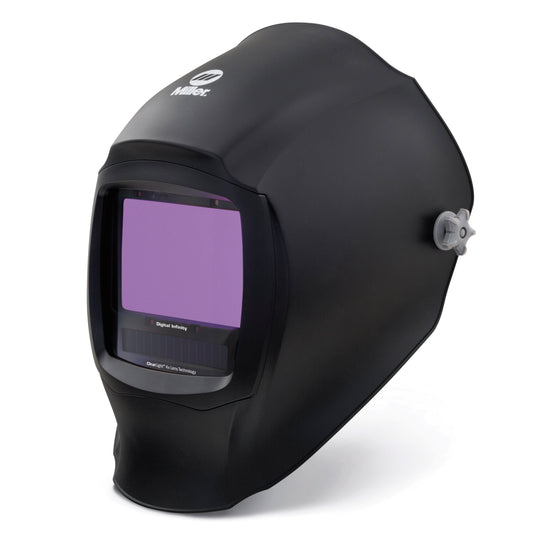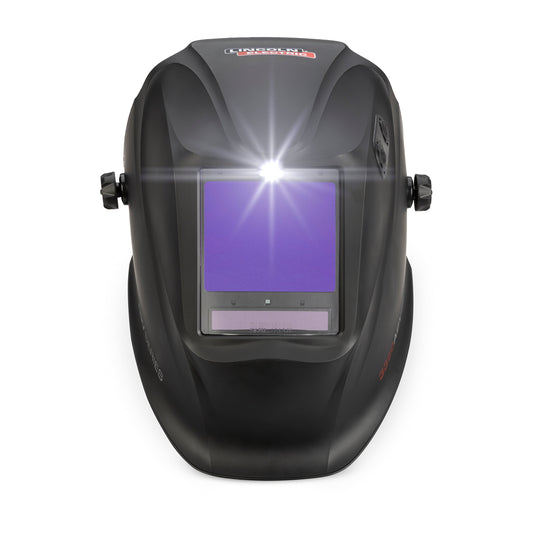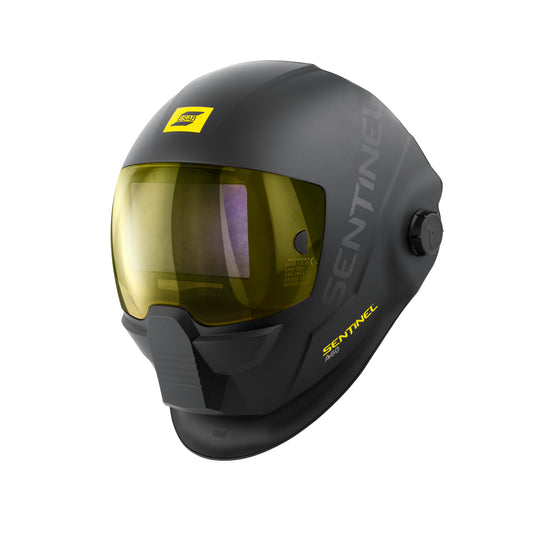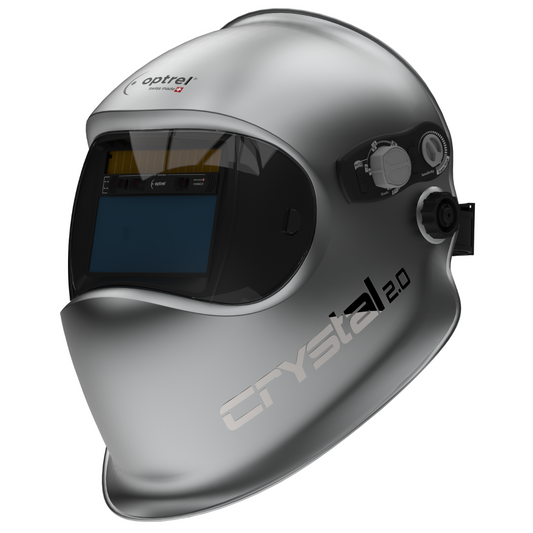When it comes to welding, eye protection isn't just a recommendation--it's a necessity. The intense brightness of an arc, combined with dangerous ultraviolet (UV) and infrared (IR) radiation, can cause serious eye injuries like arc eye (also known as welder's flash), permanent vision damage, and even blindness if proper precautions aren't taken. One of the most effective ways to safeguard your eyes is by using the right welding lens shade. But how do you know which one is right for you?
Why Welding Lens Shade Matters
Welding lens shades are designed to protect your eyes from the intense light and harmful radiation generated during welding. The wrong shade can expose you to UV and IR radiation, even if the brightness doesn't seem uncomfortable. A proper lens reduces brightness, blocks harmful rays, and allows you to clearly see the weld puddle, helping you work both safely and effectively.

Understanding Welding Shade Numbers
Welding shades are rated using numbers that indicate the darkness level of the lens. The higher the number, the darker the shade and the more protection it offers. The American National Standards Institute (ANSI) recommends specific shade numbers for various types of welding operations:
- Shade 3-5: Suitable for cutting and torch work, including plasma cutting and oxy-fuel cutting.
- Shade 8-12: Ideal for lower-amperage welding tasks, such as MIG and TIG welding.
- Shade 13-14: Recommended for high-amperage welding, like heavy-duty stick welding.
Choosing the correct lens shade is crucial to prevent eye strain and long-term damage. The brightness of the arc and the welding process you're using will determine the appropriate shade level.
How to Choose the Right Welding Lens Shade
Know Your Welding Process
Different welding processes emit varying levels of light intensity:
- TIG Welding: Generally requires a lighter shade because of lower amperage but still demands high-quality protection.
- MIG Welding: Requires a moderate shade level depending on amperage.
- Stick Welding: Often involves higher amperage and therefore requires darker shades.
Match the Shade to Your Amperage
As a general rule, the higher the amperage, the darker the lens shade should be. Here's a quick guide:
- 60-160 amps: Shade 10
- 160-250 amps: Shade 12
- 250-500 amps: Shade 14
Consider Auto Darkening Helmets
Auto-darkening helmets are a great investment for welders who work with various processes. These helmets automatically adjust the lens shade based on the brightness of the arc, offering both flexibility and continuous protection.
Prioritize Comfort and Visibility
Your lens should be dark enough to protect your eyes but light enough to let you see the weld clearly. Straining to see your work can cause fatigue and reduce precision.
Signs Your Lens Shade May Be Wrong
Even with the best intentions, it's possible to select the wrong shade. Here are some signs that your lens might not be offering enough protection:
- You experience eye discomfort or headaches after welding.
- You notice spots or blurred vision after finishing your welds.
- You find it difficult to see the weld puddle clearly.
If you encounter any of these symptoms, switch to a darker lens shade immediately.
Protect Your Vision: Invest in Quality Gear
Eye injuries can be life-altering, but the right equipment dramatically reduces the risk. Investing in high-quality helmets and lenses not only keeps you safe but also helps you produce better welds by improving visibility and reducing fatigue.
At Baker's Gas and Welding, we offer a wide range of welding helmets and lenses to meet your specific needs. Whether you're a hobbyist or a professional, our team is here to help you find the perfect gear for your projects.
Need help choosing the right welding lens shade? Reach out to Baker's Gas and Welding by calling 877-930-5690 or emailing support@bakersgas.com for all your welding needs.





